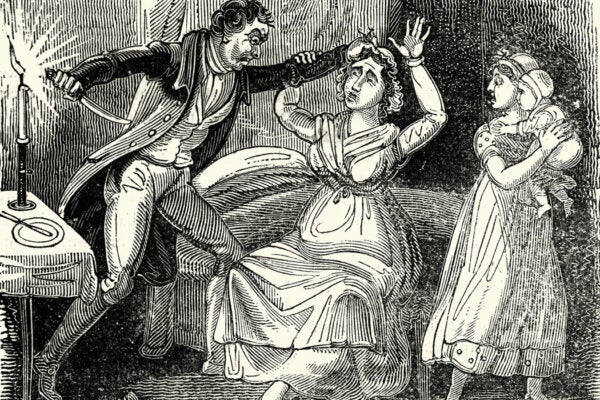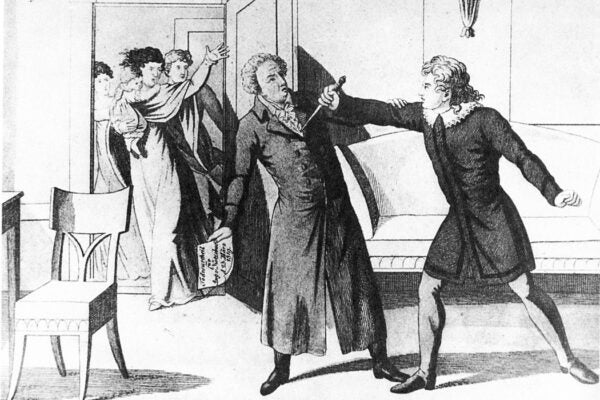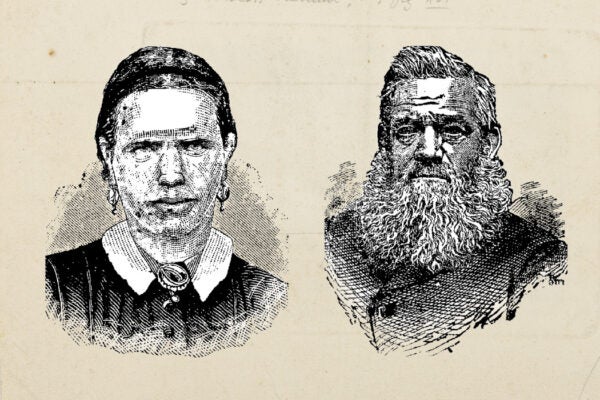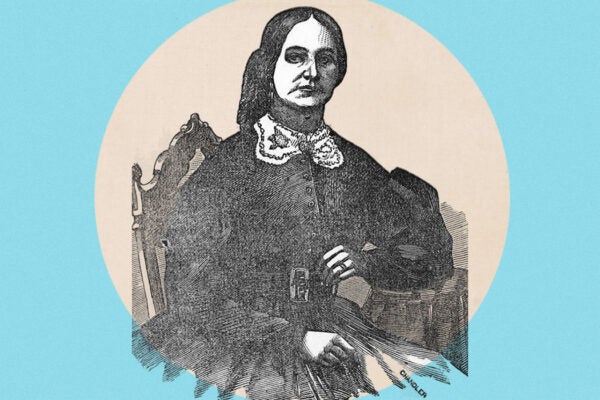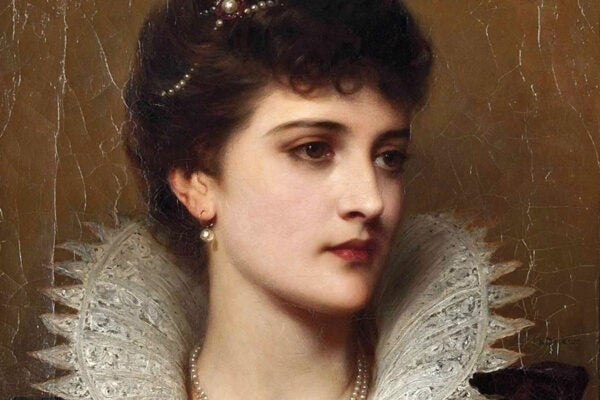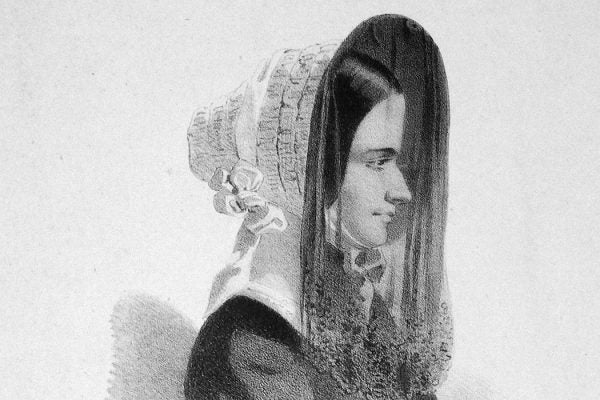The Murder Behind the George Polk Awards for Journalism
The murder of American journalist George Polk in Greece remains unsolved more than seventy-five years later.
Does Adultery Justify Murder?
There’s a popular (mis)perception that, prior to the rise of modern legal systems, a husband was considered justified in killing a straying wife.
Assassination of A Playwright, Birth of A Nationalism
The 1819 assassination of playwright August von Kotzebue by theology student Karl Sand is considered one of foundational moments in German nationalism.
Burke and Hare…and Knox
Burke and Hare infamously killed people to meet the demand for bodies in Edinburgh’s anatomy schools in 1828. But who remembers the man for whom they worked?
The Gruesome History of Ohio’s “Fingers in the Jar”
Three of Mary Bach’s fingers, hacked off by her murderous husband in 1881, were displayed in a jar for more than a century in Bowling Green, Ohio.
Money, Murder, and Mrs. Clem
Nancy Clem was a Gilded Age con artist whose swindles eventually turned deadly. Her crimes would test the era’s assumptions about class, gender, and criminality.
Suicide by Proxy
In early Modern Europe, suicide was a sin to be punished with eternal damnation. Some women found an awful workaround: committing murder.
How Did Amy Robsart Die?
Five centuries later, we’re still not sure whether Robsart, wife of Robert Dudley, fell accidentally, was pushed, or threw herself down the stairs to her death.
Why Mystery Fiction Is So Engaging
Tracking down the killer appeal of the hit show Only Murders in the Building.
The Arsenic Cake of Madame Lafarge
The first trial to use forensic toxicology electrified France in 1840 with the tale of a bad marriage and poisoned innards.

